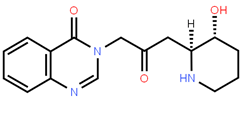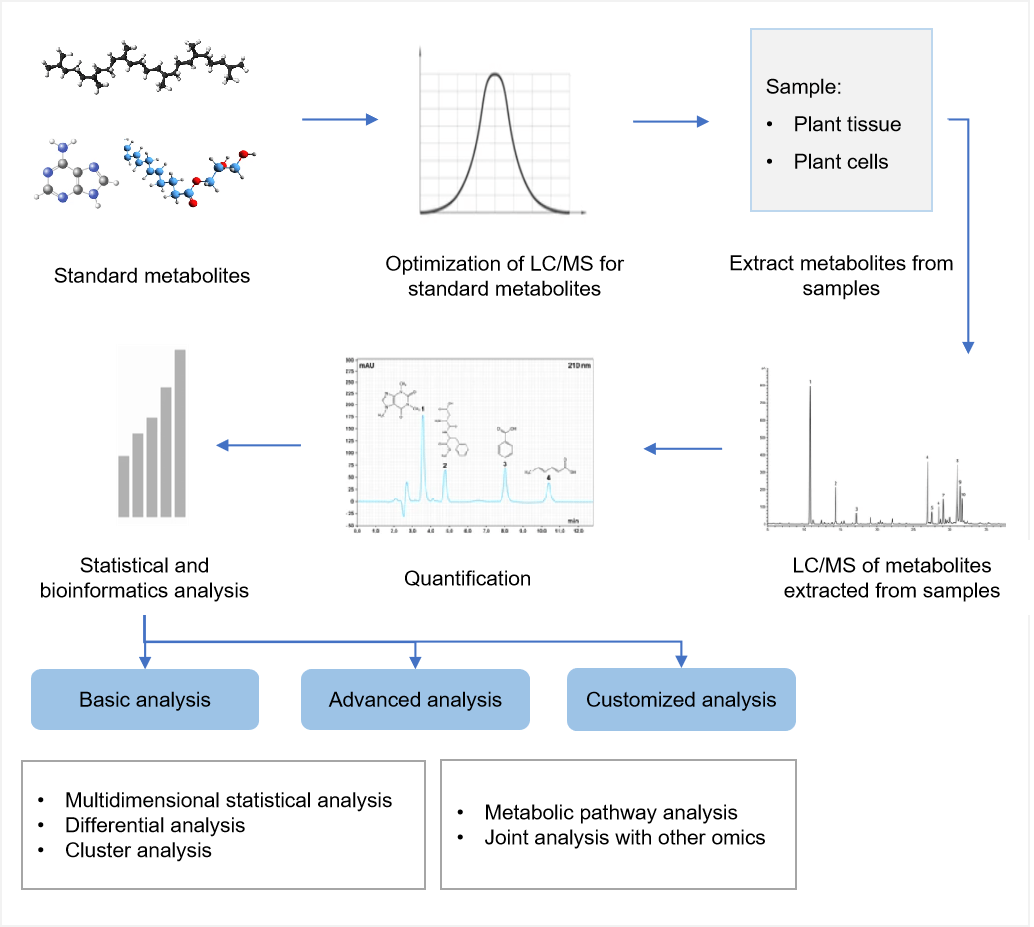Febrifugine Analysis Service
Submit Your InquiryWhat is Febrifugine?
Febrifugine is a naturally occurring alkaloid found in the plant Dichroa febrifuga, also known as changshan. It has been used for centuries in traditional Chinese medicine for its febrifugal (fever-reducing) properties. Febrifugine gained attention due to its potent antimalarial effects, specifically targeting Plasmodium parasites responsible for malaria.
Febrifugine possesses a unique chemical structure, consisting of a quinazolinocarboline backbone. Its antimalarial activity arises from its ability to inhibit the growth and development of the malaria parasite within the host. The compound's mechanism of action involves interfering with nucleic acid synthesis and disrupting the parasite's ability to utilize heme, an essential molecule for its survival.
Febrifugine Metabolism
Understanding the metabolism of febrifugine is crucial for optimizing its therapeutic potential and minimizing potential side effects. Although comprehensive studies on febrifugine metabolism in humans are limited, available research provides insights into its potential metabolic pathways.
Upon ingestion, febrifugine is metabolized primarily in the liver through hepatic metabolism. Cytochrome P450 (CYP) enzymes, particularly CYP3A4, play a significant role in the metabolism of febrifugine. These enzymes catalyze various reactions, including oxidation, reduction, and conjugation, leading to the formation of metabolites with modified chemical structures compared to the parent compound.
One of the major metabolites of febrifugine is desmethylfebrifugine, which is formed through demethylation reactions mediated by CYP enzymes. This metabolite retains some antimalarial activity but is generally considered less potent than febrifugine itself. Other minor metabolites of febrifugine, resulting from hydroxylation and glucuronidation reactions, may also be generated during metabolism. These metabolites contribute to the overall clearance of febrifugine from the body.
Analyzing the metabolism of febrifugine is crucial for understanding its pharmacokinetics, including absorption, distribution, metabolism, and excretion (ADME). It helps in determining the compound's bioavailability, half-life, and potential drug interactions. Studying febrifugine metabolism aids in identifying individuals with genetic variations in CYP enzymes that may affect the rate of febrifugine metabolism. This information can guide personalized medicine approaches, ensuring optimal dosing and minimizing the risk of toxicity.
Creative Proteomics, with its expertise and advanced analysis services, is committed to supporting and advancing research in febrifugine analysis for the benefit of the scientific and medical community.
 Molecular structure of dichroine
Molecular structure of dichroine
Febrifugine Analysis Platform at Creative Proteomics
- Chemical identification and structural analysis: We use high performance liquid chromatography (HPLC) and mass spectrometry (MS) techniques to identify and characterize febrifugine, allowing us to determine its purity, molecular weight and structural properties with high precision.
- Quantitative analysis: Based on LC-MS techniques to determine the concentration of febrifugine in various samples. Enables you to assess the content of compounds in plant extracts, herbal preparations or biological matrices, thereby facilitating dose determination and quality control.
- Metabolite Analysis: We also offer metabolite analysis services to identify and quantify metabolites formed during febrifugine metabolism.

Application of Febrifugine Analysis:
Drug development and discovery:
Febrifugine shows great potential as a lead compound in drug development. Accurate analysis allows researchers to study its chemical structure, elucidate its mode of action, and understand its interactions with target biomolecules.
Quality control in medicine:
Febrifugine has long been used in traditional medicine for its antipyretic and anti-inflammatory properties. Accurate analysis of febrifugine ensures the quality and standardization of herbal medicine formulations containing this compound.
Pharmacokinetic studies:
Accurate analysis allows researchers to determine the compound's bioavailability, half-life, and clearance, providing crucial data for dosage regimen optimization and predicting potential drug-drug interactions.
Delivery standard
- Experimental procedure
- Parameters of HPLC and MS
- Raw data, chromatograms and mass spectra
- Metabolites quantification data
- Custom analysis report





